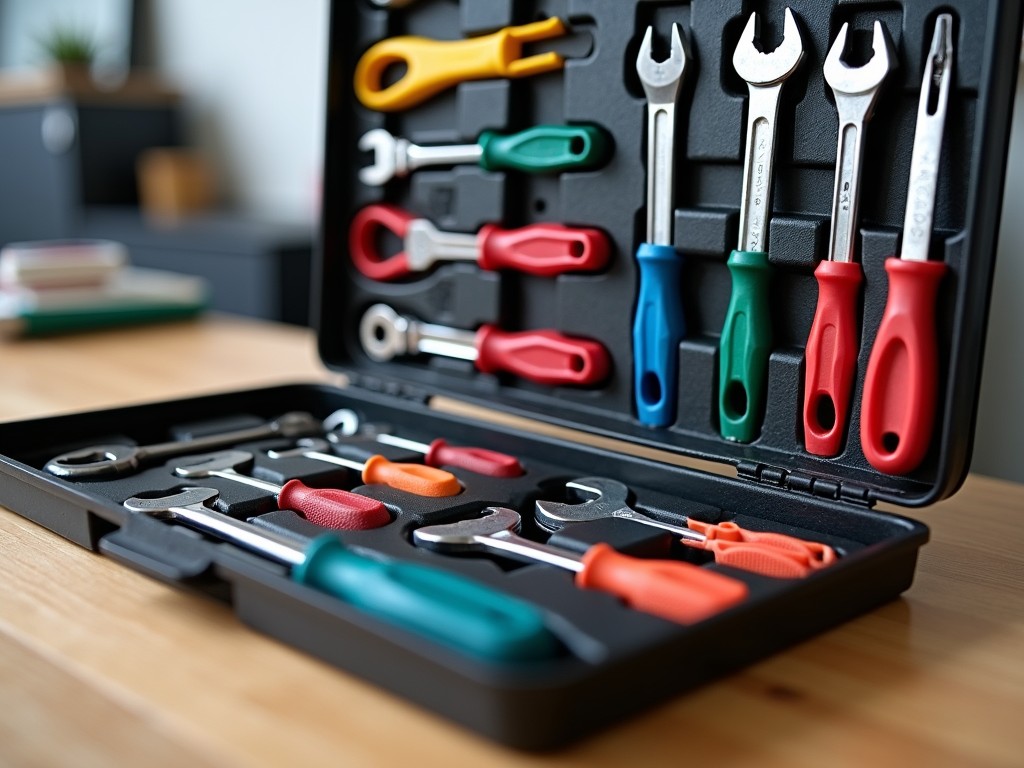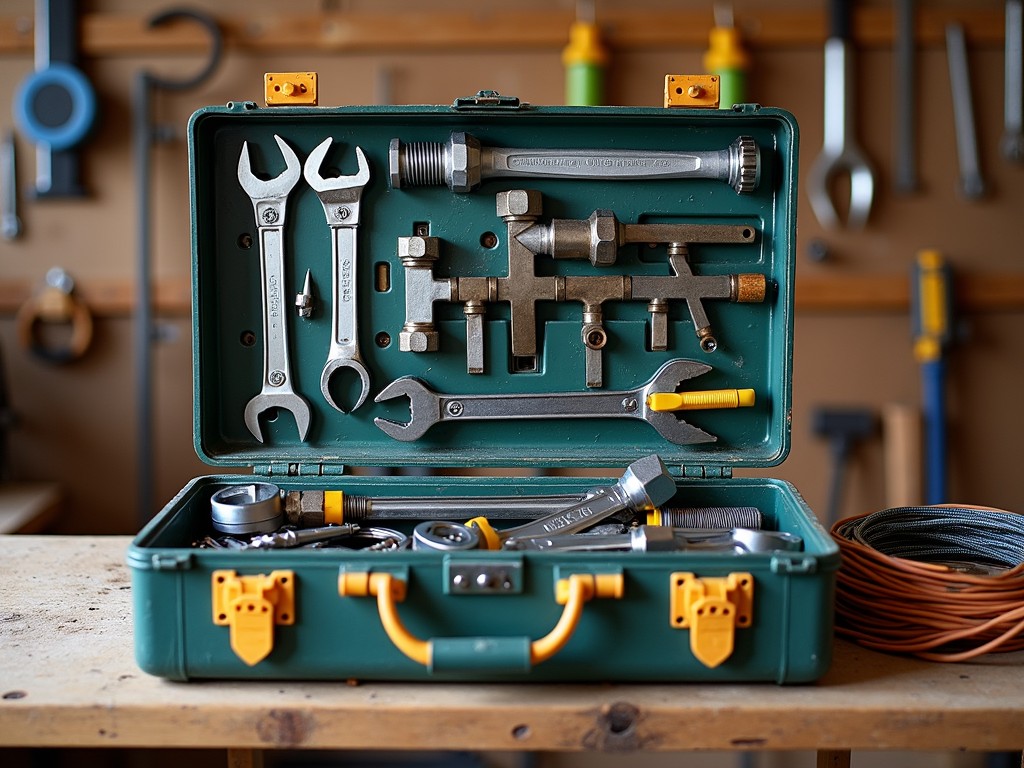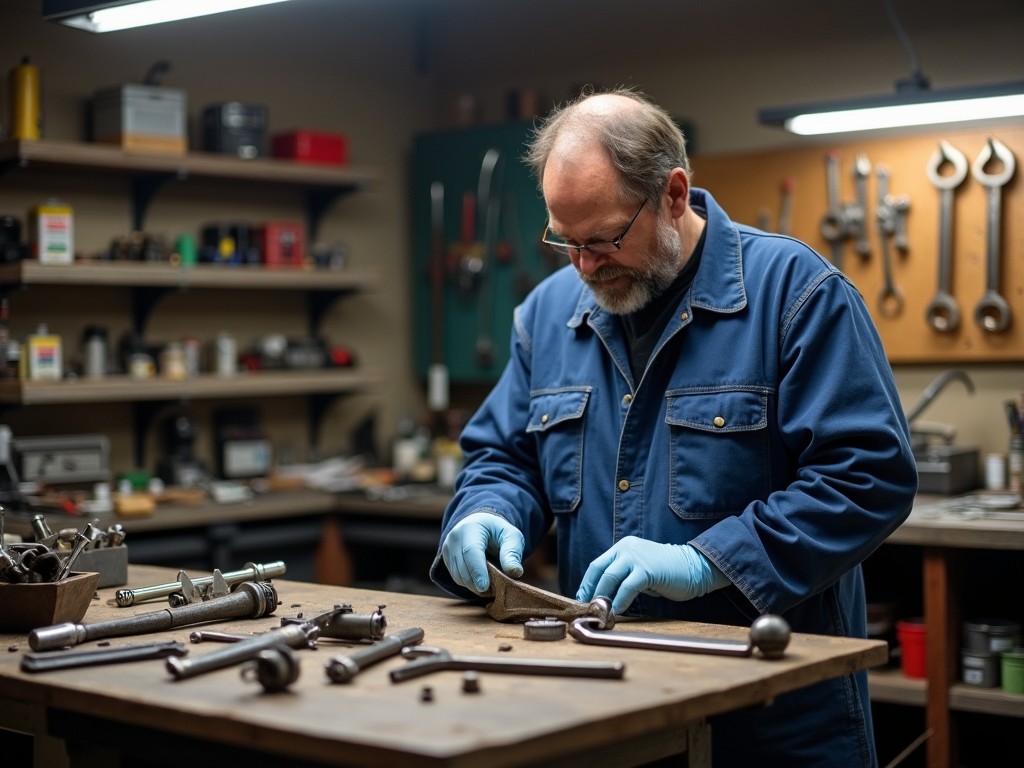Overview
Ergonomic power drills for reduced fatigue are revolutionizing the way we approach DIY projects, combining comfort with efficiency. These tools are designed to minimize strain, making them a must-have in any toolbox.
Why Choose Ergonomic Power Drills?
Ergonomic power drills are not just a trend; they represent a significant advancement in power tools. Traditional drills can lead to discomfort and fatigue, especially during prolonged use. Ergonomically designed drills, however, cater to the natural movements of your hand, reducing strain and increasing productivity. Let's dive deeper into why these are essential for both amateur and professional builders.
Key Benefits of Ergonomic Power Drills:
- Comfort: Handles are crafted to fit hands of all sizes, ensuring a secure and comfortable grip.
- Reduced Fatigue: Lightweight designs minimize exertion, even during extensive use.
- Increased Control: Enhanced grip and stability allow for precise work, reducing the chance of errors.
- Durability: Built to last, these tools often have longer lifespans than their non-ergonomic counterparts.
Personal Experience Using Ergonomic Power Drills
Having used a variety of power drills over the years, the difference an ergonomic model makes is undeniable. I remember tackling a shelving project that required overhead drilling. With a standard drill, my arms quickly tired, affecting precision and extending the job time. Switching to an ergonomic drill made the process smoother and far less tiring, highlighting how impactful these tools can be.

Key Features to Consider
When shopping for ergonomic power drills, there are a few features to keep in mind:
- Weight: A lighter tool reduces fatigue, especially for overhead tasks.
- Grip Design: Look for a handle that fits your hand comfortably, with anti-slip features.
- Battery Life: For cordless models, a long battery life ensures that projects can be completed without frequent recharges.
- Variable Speed Control: Having control over speed allows for more precise work on different materials.
Ergonomic design doesn't just stop at comfort. It plays a crucial role in enhancing safety and efficiency, making these tools invaluable in many settings.
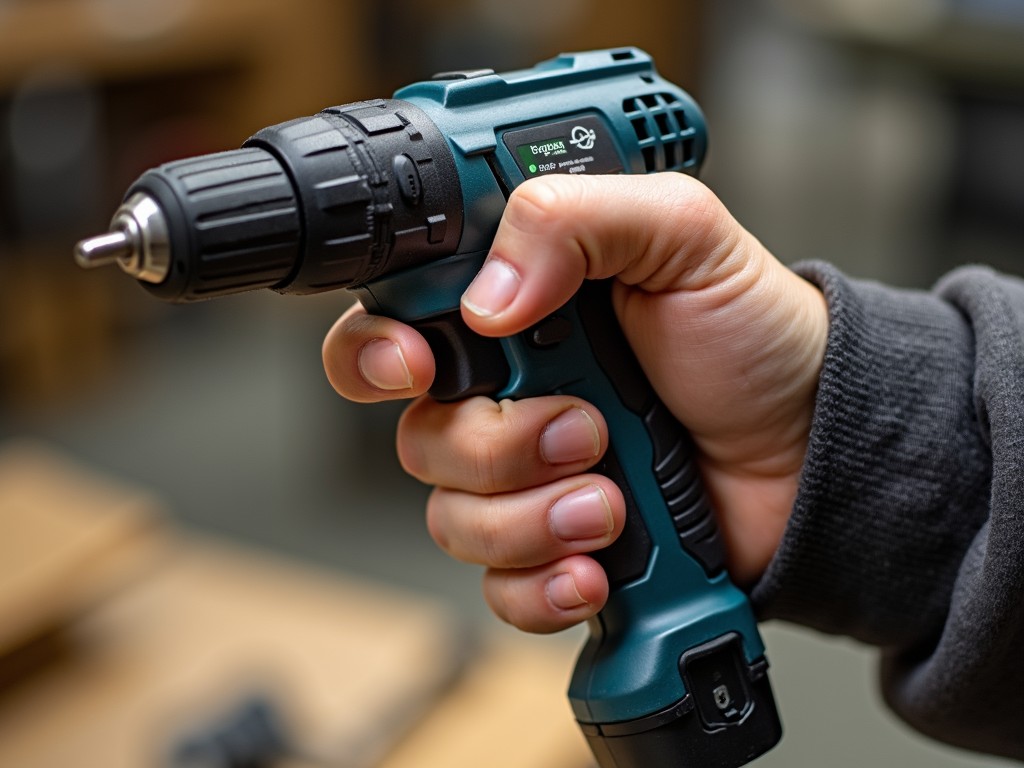
Expert Tips for Using Power Drills
Even if your drill is ergonomic, there are tips for ensuring you make the most of it:
- Tool Maintenance: Regularly clean your drill to ensure longevity and optimal performance.
- Proper Technique: Always use both hands to maintain stability.
- Drill Bits: Keep them sharp and suited for the material you're working on to ease the drilling process.
- Rest Periods: Take regular breaks to reduce fatigue and prevent strain, especially in long projects.
Comparison Table of Top Ergonomic Drills
Here’s a quick overview of some popular models:
| Model | Weight | Grip Design | Battery Life | Speed Control |
|---|---|---|---|---|
| DrillMaster A1 | 3 lbs | Soft rubber | 2 hours | Yes |
| PowerPro X2 | 2.5 lbs | Contoured | 3.5 hours | Yes |
| HandyDrill Z3 | 2.8 lbs | Ergonomic | 4 hours | Yes |
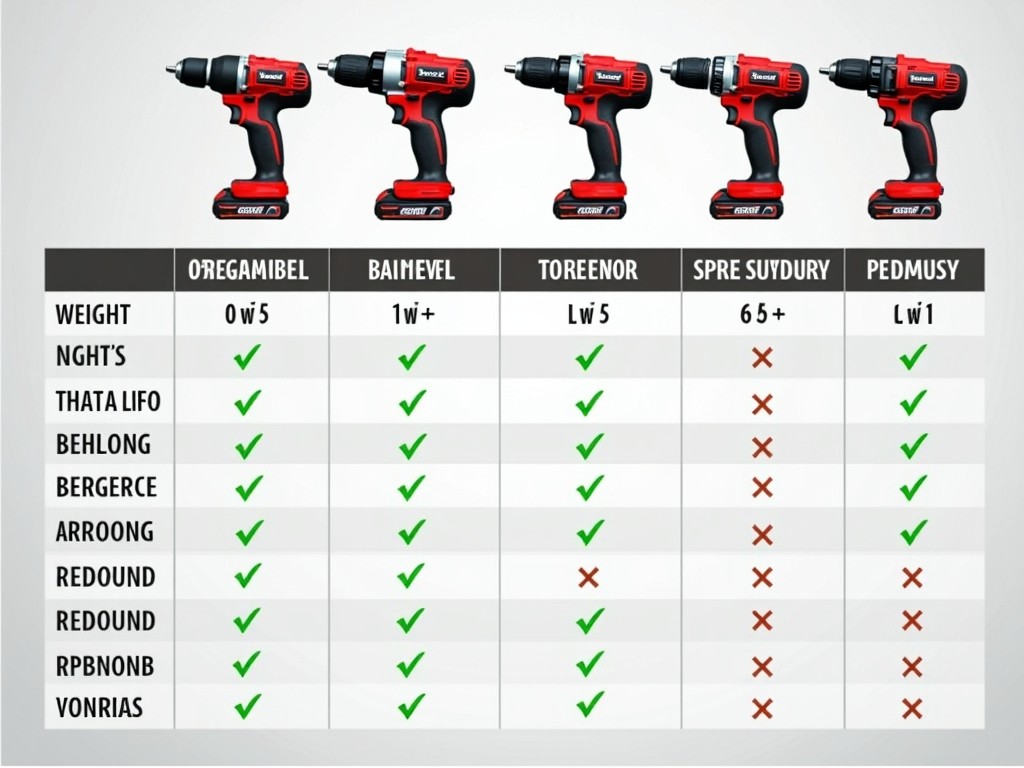
Related ergonomic power drills for reduced fatigue:
- Enhancing DIY Projects with Ergonomic Tools
- The Evolution of Power Tools: From Manual Labor to Modern Innovation
- Hand Tools Safety: Guidelines for Every Enthusiast
- Innovative Workman Tools for Efficiency
- Essential Workman Tools for Plumbing and Maintenance
- Effective Workshop Equipment Maintenance Tips
- Maximizing Small Spaces: Organizing Workman Tools Efficiently
- Comprehensive Guide to Hand Tools Storage Solutions
- How to Organize Tools in a Small Workshop
- Top Electrical Tools for Wiring and Installations
- The Essential Guide to Rotary Tools for Jewelry Making
- Key Features to Look for in Cordless Power Tools



